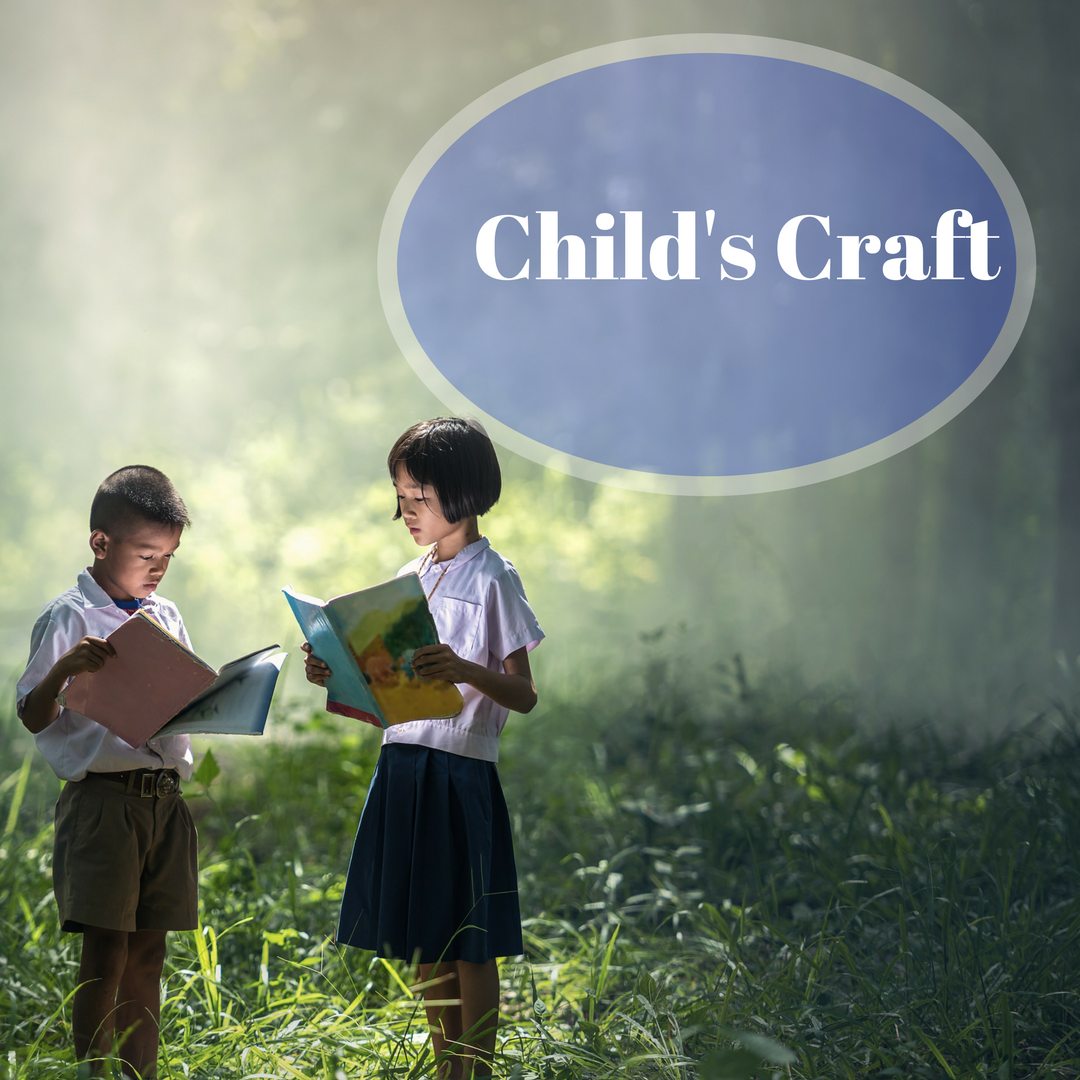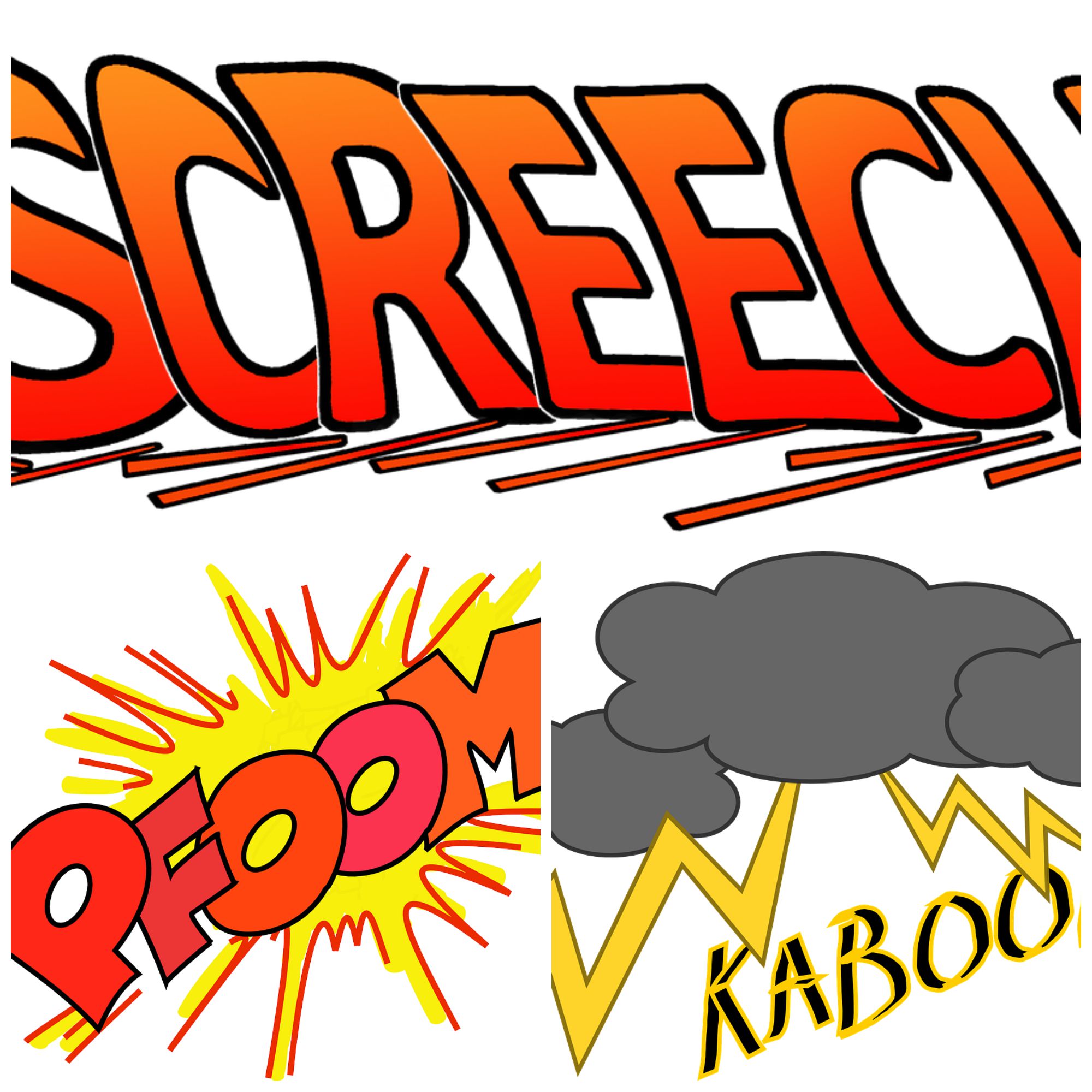
Kids Lit
While You Wait…
We’ve all said it before. You know, the old, “I’m just waiting on God to make this publishing thing…
July 21, 2019
We’ve all said it before. You know, the old, “I’m just waiting on God to make this publishing thing…
July 21, 2019
Recently, I was teaching “The World of Writing for Children” at a Christian writers conference, and during the first…
October 8, 2018
As I mentioned in my last post, Understanding Early Readers, there are several markets for books for emerging readers.…
June 21, 2018
I’ve been asked multiple times by others hoping to get published what tips I had for getting published. Here…
June 20, 2017
As I was running trails with my dog one day, I was overcome with awe at the beauty, the…
March 20, 2017
Onomato-what? Onomatopoeia is what makes your picture books pop! It’s the smooth, silky, wispy words that tap into other…
August 11, 2015